Dassault Systemes
3D 体验公司。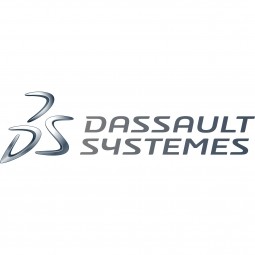
概述
|
总部
法国
|
成立年份
1981
|
公司类型
上市公司
|
收入
$1-10b
|
|
员工人数
10,001 - 50,000
|
网站
|
股票行情
OTCMKTS: DASTY
|
推特句柄
|
公司介绍
3DEXPERIENCE 公司 Dassault Systèmes 为企业和个人提供虚拟世界,以想象可持续的创新。其世界领先的解决方案改变了产品的设计、生产和支持方式。达索系统的协作解决方案促进社会创新,扩大虚拟世界改善现实世界的可能性。该集团为 140 多个国家/地区的所有行业的 190,000 多名不同规模的客户带来价值。
物联网解决方案
主要客户
宝马、法国巴黎银行、猛犸象体育
物联网应用简介
Dassault Systemes 是基础设施即服务 (iaas), 平台即服务 (paas), 分析与建模, 功能应用, 和 网络与连接等工业物联网科技方面的供应商。同时致力于航天, 汽车, 化学品, 建筑与基础设施, 消费品, 电子产品, 设备与机械, 生命科学, 海洋与航运, 半导体, 电信, 运输, 和 公用事业等行业。
技术栈
Dassault Systemes的技术栈描绘了Dassault Systemes在基础设施即服务 (iaas), 平台即服务 (paas), 分析与建模, 功能应用, 和 网络与连接等物联网技术方面的实践。
-
设备层
-
边缘层
-
云层
-
应用层
-
配套技术
技术能力:
无
弱
中等
强

Supplier missing?
Start adding your own!
Register with your work email and create a new supplier profile for your business.
实例探究.

Case Study
Aerospace & Defense Case Study Airbus
For the development of its new wide-body aircraft, Airbus needed to ensure quality and consistency across all internal and external stakeholders. Airbus had many challenges including a very aggressive development schedule and the need to ramp up production quickly to satisfy their delivery commitments. The lack of communication extended design time and introduced errors that drove up costs.
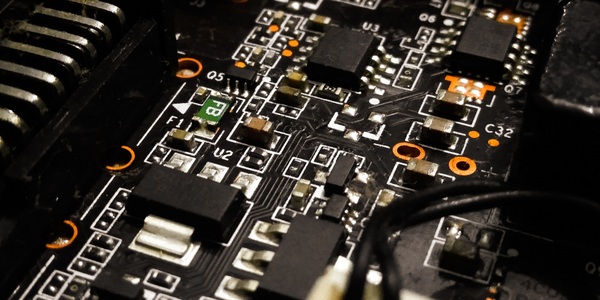
Case Study
High Tech Case Study Dongyang E&P
To achieve global leadership, Dongyang E&P needed to improve collaboration between product development teams. The company already had a product lifecycle management (PLM) system in place, yet it needed a platform that would facilitate collaboration and improve problem detection before going to mass production.
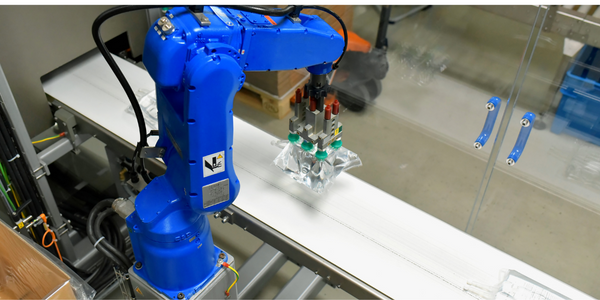
Case Study
Flow Robotics: Scaling Up Production and Accelerating Product Development with IoT
Flow Robotics, a Danish manufacturer, developed flowbot™ ONE pipetting robots to alleviate the strain on bioanalysts in life-science laboratories and hospitals across Europe. These robots were designed to automate part of the testing process, speeding up the time it takes to produce results and reducing pressure on staff. However, the company faced challenges in scaling up production and accelerating product development. High workloads and physically challenging conditions have long been an issue for laboratory professionals. Flow Robotics estimates that around half of medical lab technicians carry out the same arm movements for at least a quarter of their working day. The American Society for Clinical Pathology reported that 85% of laboratory professionals feel burnt out; 36% struggle with inadequate staffing; and 32% face a heavy workload and pressure to complete all testing on time.
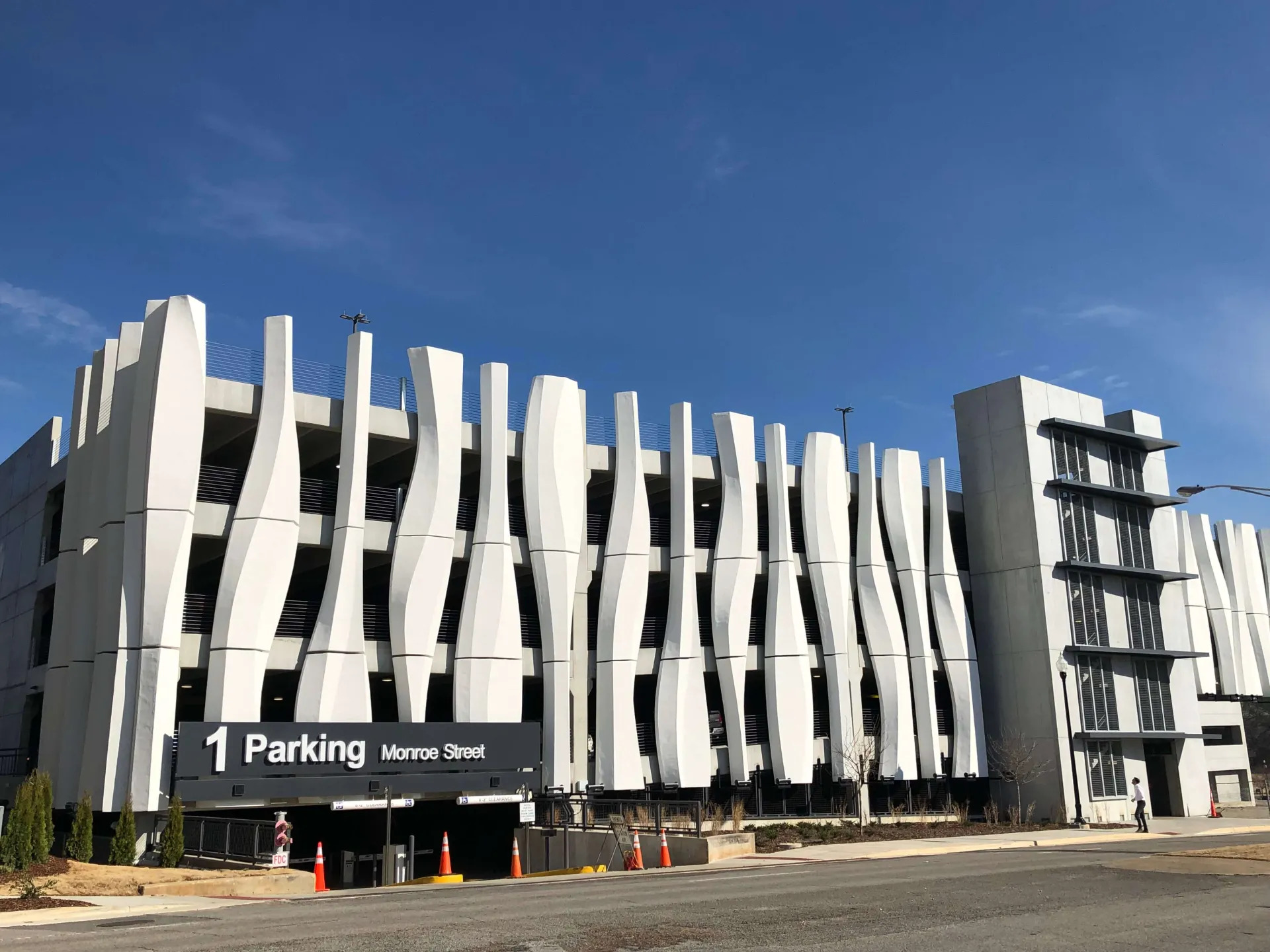
Case Study
Branch Technology: Achieving 100% Accuracy in Modeling with 3DEXPERIENCE Cloud Platform
Branch Technology, a Tennessee-based company that designs and manufactures commercial facade systems, was in need of a software solution that could process complex geometries to produce a multitude of components for various digital fabrication methods. The company was inspired by nature's efficient cellular structures and had developed a construction-scale, freeform 3D-printing technique and direct digital manufacturing approach called cellular fabrication (C-Fab®). However, they were facing challenges in implementing a digital process that could eliminate digital fabrication bottlenecks, be easily updated, and yield high fidelity parts. The company was in search of a solution that could help them imagine, compose, and construct complex design structures with ease and precision.

Case Study
Toyo Tire's Digital Transformation: Enhancing Product Development with IoT
Toyo Tire, a Japanese-based tire manufacturer, was facing the challenge of keeping up with the rapid changes in the automotive industry. With the advent of electric vehicles and connected cars, the company recognized the need to innovate and develop new types of tires to meet these specific needs. However, their existing product development processes were not sufficient to keep pace with the industry's transformation. The company's data was held in siloes, preventing users from easily accessing all the information they needed. This lack of integration was hindering their ability to innovate and develop new products efficiently. Toyo Tire needed a solution that would accelerate its product development processes and put innovation at the core of its activities.

Case Study
ALCAN Systems: Revolutionizing Cellular and Satellite Communication with IoT
ALCAN Systems, a start-up founded in 2016, aimed to create a low-cost smart antenna system for cellular and satellite communication. The company was developing liquid-crystal-based phased-array antennas that allow high-performance electronic beam-steering in a compact, lightweight package. However, the development of these innovative antennas posed significant challenges. Traditional mobile technology used omnidirectional antennas that provided coverage from as many directions as possible. This approach was not suitable for the future of satellite broadband and millimeter-wave 5G. For these technologies to work effectively, the end-user needed a constant line of sight to the satellite, which required a very high directivity and gain to maintain contact without excessive power use. The same was true for 5G, especially at very high frequencies where loss from waves passing through the air and other materials was much higher. ALCAN Systems needed a solution that could overcome these challenges and deliver reliable high-speed data links in challenging environments.

Case Study
Global Unichip Corporation: Streamlining IC Design with IoT
Global Unichip Corporation (GUC), Taiwan’s sixth largest integrated circuit (IC) design company, faced challenges in managing its intricate supply chain. The company aimed to function as a key design hub integrating IP providers and IC design partners. However, internal processes were disjointed with departments operating in silos and unsynchronized communication between systems. Project status reports were inaccurate due to manual weekly updates. Managing product issues was resource-intensive and problem-solving knowledge was not accumulated or compiled into a database. Furthermore, GUC needed to continually communicate, coordinate, and collaborate with various business partners such as wafer manufacturers, packaging plants, and test plants after each project completion. This necessitated a comprehensive project management integration platform to handle complex internal and external business processes.
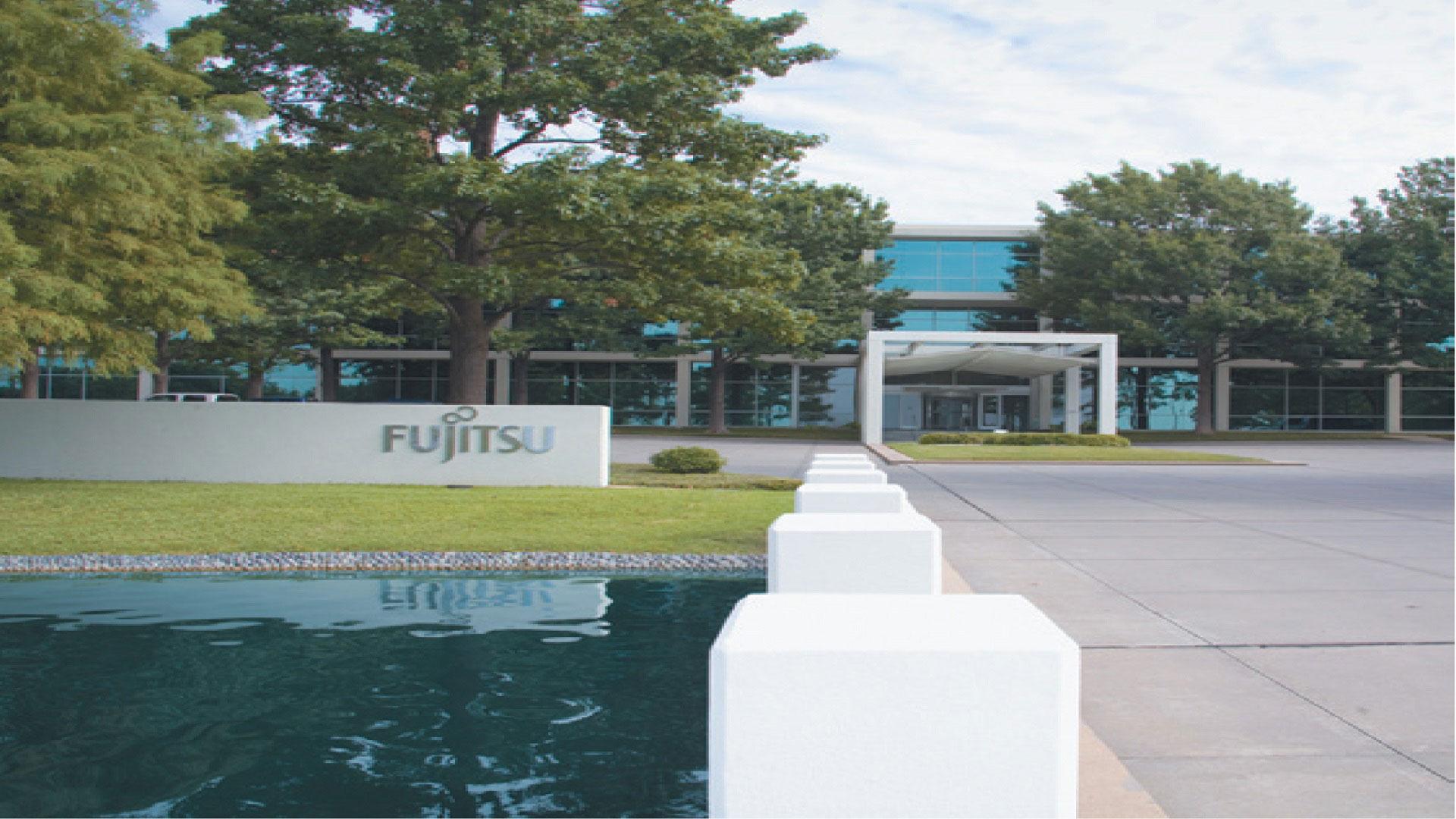
Case Study
Streamlining Product Development and Testing: Fujitsu's Journey with Dassault Systèmes
Fujitsu Network Communications, a leading optical solutions provider, faced challenges in managing customer requirements for increasingly complex products, developing solutions, and testing them on accelerating schedules. The company's document-based system made it difficult to reuse requirements and communicate them to downstream groups, necessitating a shift from a document-centric approach to a data-centric one. Managing large numbers of documents was time-consuming and lacked visibility, making it hard to keep the requirements and test teams in sync. The company was also experiencing issues with testing requirements or writing test cases for requirements that had been modified or no longer existed. Fujitsu needed a solution to eliminate these inefficiencies and streamline its processes.
同类供应商.
---nyse--ge_1.jpg)
Supplier
General Electric
GE is a diversified specialty equipment, infrastructure and financial services company. Their products and services range from aircraft engines, power generation, oil and gas production equipment, and household appliances to medical imaging, business and consumer financing and industrial products. GE believes new technologies will merges big iron with big data to create brilliant machines. This convergence of machine and intelligent data is known as the Industrial Internet, and it's changing the way we work. Year founded: 1892 Revenue: $148.5 billion (2014) NYSE: GE Featured Subsidiaries/ Business Units: - GE Digital - GE Predix - GE Intelligent Platform - Wurldtech
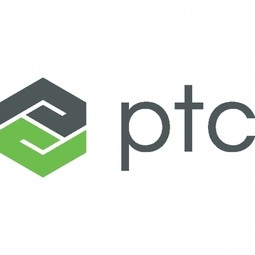
Supplier
PTC
PTC is a global provider of technology platforms and solutions that transform how companies create, operate, and service the "things" in the Internet of Things (IoT). The company's next-generation ThingWorx technology platform gives developers the tools they need to capture, analyze, and capitalize on the vast amounts of data being generated by smart, connected products and systems. The company's field-proven solutions are deployed in more than 26,000 businesses worldwide to generate a product or service advantage. PTC's award-winning CEO, considered an industry thought leader, co-authored the definitive guides to the impact of the IoT on business in the Harvard Business Review.

Supplier
Altair
Altair is a leading provider of enterprise-class engineering software enabling innovation, reduced development times, and lower costs through the entire product lifecycle from concept design to in-service operation. Our simulation-driven approach to innovation is powered by our integrated suite of software which optimizes design performance across multiple disciplines encompassing structures, motion, fluids, thermal management, electromagnetics, system modeling and embedded systems, while also providing data analytics and true-to-life visualization and rendering.
_1.jpg)
Supplier
Bosch
Bosch is an industry leader in automobile and industrial equipment, as well as consumer goods and building systems. Bosch operates via 440 subsidiaries in 60 countries; its core lines include mobility (auto) systems, from diesel/hybrid drive to steering, starter motors and generators, electronics, and brakes.Year founded: 1886Revenue: $58.7 billion (2014)Portfolio Companies:- Bosch Software Innovations- Rexroth- Deepfield Robotics- Escrypt- ProSyst
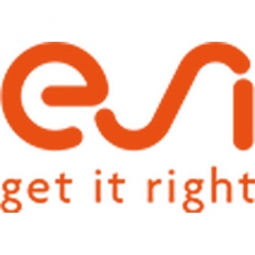
Supplier
ESI Group
Founded in 1973, ESI Group envisions a world where Industry commits to bold outcomes, addressing high stakes concerns - environmental impact, safety & comfort for consumers and workers, adaptable and sustainable business models. ESI is present in more than 20 countries, employs 1200 people around the world and reported 2020 sales of €132.6 million. ESI is headquartered in France and is listed on compartment B of Euronext Paris.



